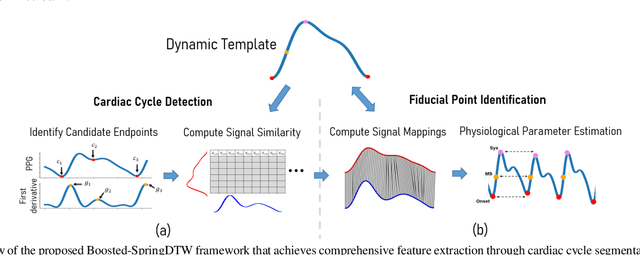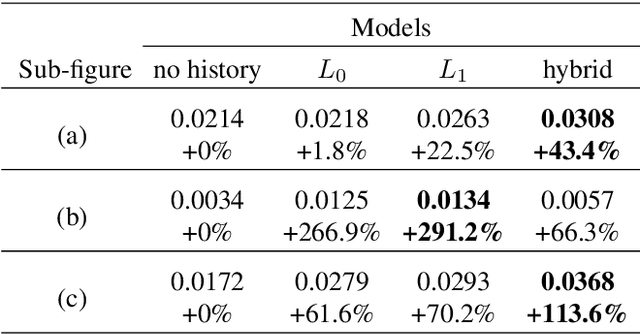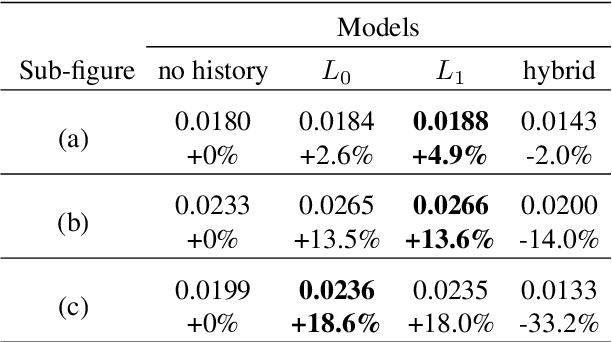Jonathan Martinez
Ben-Gurion University
Boosted-SpringDTW for Comprehensive Feature Extraction of Physiological Signals
Jan 11, 2022



Abstract:Goal: To achieve-high quality comprehensive feature extraction from physiological signals that enables precise physiological parameter estimation despite evolving waveform morphologies. Methods: We propose Boosted-SpringDTW, a probabilistic framework that leverages dynamic time warping (DTW) and minimal domain-specific heuristics to simultaneously segment physiological signals and identify fiducial points that represent cardiac events. An automated dynamic template adapts to evolving waveform morphologies. We validate Boosted-SpringDTW performance with a benchmark PPG dataset whose morphologies include subject- and respiratory-induced variation. Results: Boosted-SpringDTW achieves precision, recall, and F1-scores over 0.96 for identifying fiducial points and mean absolute error values less than 11.41 milliseconds when estimating IBI. Conclusion: Boosted-SpringDTW improves F1-Scores compared to two baseline feature extraction algorithms by 35 percent on average for fiducial point identification and mean percent difference by 16 percent on average for IBI estimation. Significance: Precise hemodynamic parameter estimation with wearable devices enables continuous health monitoring throughout a patients' daily life.
Personalization in Human-AI Teams: Improving the Compatibility-Accuracy Tradeoff
Apr 05, 2020



Abstract:AI systems that model and interact with users can update their models over time to reflect new information and changes in the environment. Although these updates can improve the performance of the AI system, they may actually hurt the performance for individual users. Prior work has studied the trade-off between improving the system accuracy following an update and the compatibility of the update with prior user experience. The more the model is forced to be compatible with prior updates, the higher loss in accuracy it will incur. In this paper, we show that in some cases it is possible to improve this compatibility-accuracy trade-off relative to a specific user by employing new error functions for the AI updates that personalize the weight updates to be compatible with the user's history of interaction with the system and present experimental results indicating that this approach provides major improvements to certain users.
 Add to Chrome
Add to Chrome Add to Firefox
Add to Firefox Add to Edge
Add to Edge